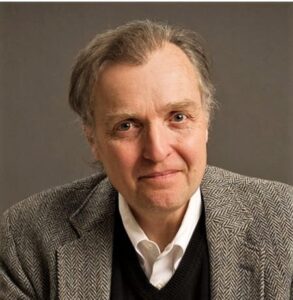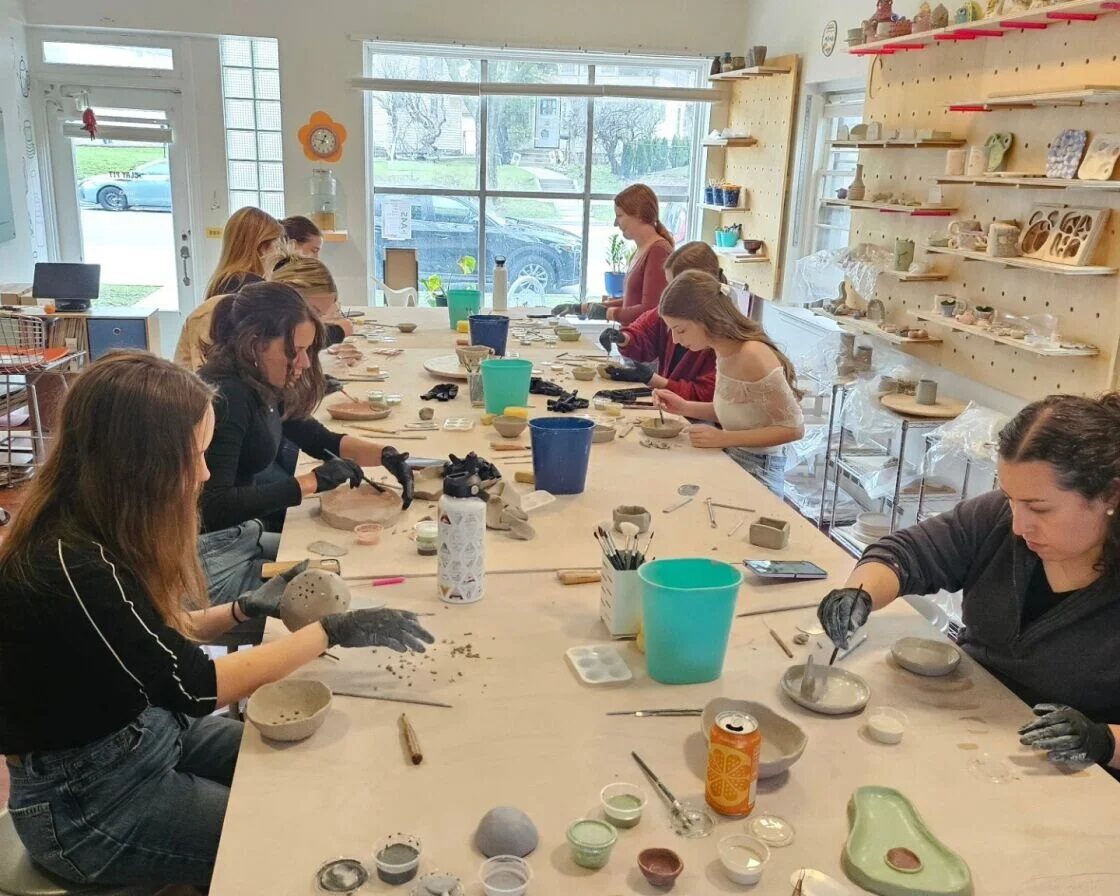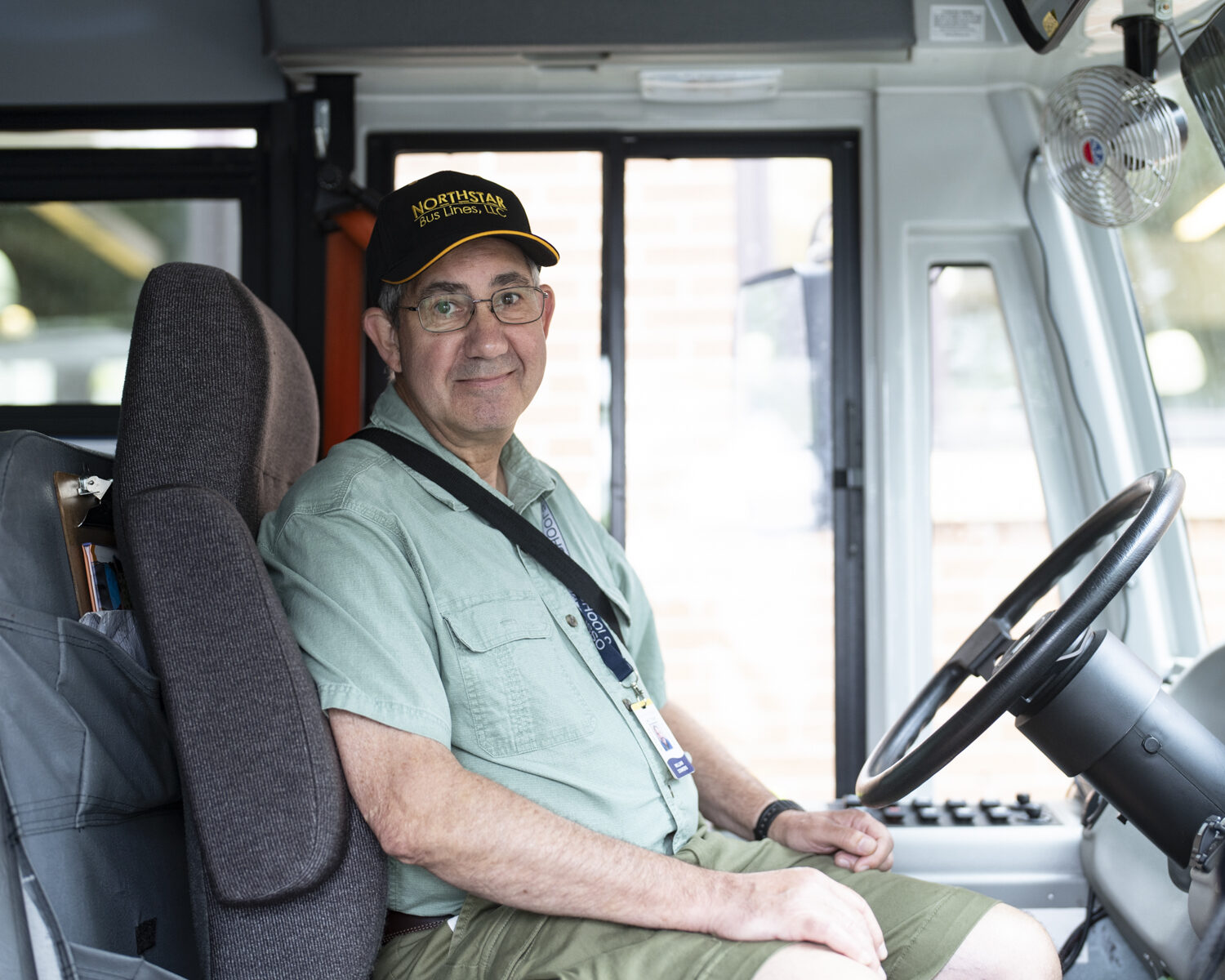
Cam Gordon
BY CAM GORDON
The 2023 election is over.
On the Southside, the races in Wards 8 and 12 were the most hotly contested, with some of the highest numbers of people voting. Aurin Chowdhury won Ward 12 with 6,525 votes on the first round over Nancy Ford and Luther Ranheim. In Ward 8, Soren Stevenson lost by only 38 votes to the incumbent Andrea Jenkins, 3,894 to 3,856 in the second round.
Citywide, all the incumbents who decided to run this year were reelected. The two new people on the council are Katie Cashman in Ward 7, where Lisa Goodman didn’t seek reelection, and Chowdhury in Ward 12, where Andrew Johnson didn’t run and has already stepped down.
Chowdhury was sworn in on Nov. 21. “I am excited to see her take the helm, knowing that she is prepared and eager to begin the work,” said Johnson. “I look forward to continuing to be a resource and supporting her success in the role.”
Although Minneapolis saw its lowest voter turnout since 2009 with only 31.7% (or 78,960) of registered voters casting ballots, among the wards, Ward 8 had the second highest percentage at 42.4%. Ward 12 had the most people voting, with 12,167, and the highest turnout in the city, with 48.2% of registered voters casting a ballot. Ward 12 also had the two highest voter turnouts of all precincts, with a 57.3% turnout in Precinct 2 and 56.5% for Precinct 1. Ward 8 Precinct 4, however, had the highest number of voters of any precinct in the city, with 1,594 people voting.
Ward 2, where Robin Wonsley was the only candidate on the ballot, had the lowest voter turnout, with only 17.1% of registered voters participating. The precinct with the lowest voter turnout was also in Ward 2. The ward’s Precinct 1, in Dinkytown, had only 63 people, or 4.8% of registered voters, cast ballots.
Throughout the campaign season we were told again and again that there was a divide on the council. It has been described in many ways. It might be called a “left,” “liberal,” “progressive,” “socialist” side versus a “centrist,” “moderate,” “conservative,” “capitalist” side. It was reflected in the two well-funded political action committees, “All of Mpls” and “Minneapolis for the Many,” that endorsed separate slates of candidates and spent hundreds of thousands of dollars to influence the election results.
Since then, rhetoric about how poorly the council is getting along has continued. This was most evident in the meetings where incentive pay for police officers was recently discussed.
Emily Koski, who easily retained her Ward 11 seat, raised concerns about a lack of collaboration among policy makers shortly after the election. “We actually have an opportunity to think about the investment in a transformative public safety plan, but we can’t do that with an executive who won’t speak with us. We can’t do that without collaboration,” said Koski. “We have been completely shut out of the process.”
Ward 9 Council Member Jason Chavez, who was reelected by a wide margin, shared similar concerns in a recent newsletter. “Moving forward,” he wrote, “the mayor needs to understand that collaboration with the City Council is necessary, not just an afterthought.”
There hasn’t always been such a division and lack of collaboration in City Hall.
“One of the best aspects of the eight years I spent on the council was that we seemed to function more like a team,” said Scott Benson, who was the Ward 11 council member for eight years, from 2002 to 2010. “I think this happened because we had no set alliances.”
Working as a team doesn’t mean there are no disagreements.
Benson expected them. “Council members who were on your side for one vote may take a position opposite yours on the next,” he said. Just because all policymakers are functioning as a team doesn’t mean they shouldn’t challenge, correct, or vote against each other. But it could mean they will work to help each other be more successful and work towards shared goals and against hardship and suffering for the people of Minneapolis.
Having a shared enemy may have helped in Benson’s time on the council. “We faced some very difficult funding decisions with Gov. Pawlenty and the legislature cutting local government aid,” he recalled. Finding shared enemies in Minneapolis today should not be difficult. We don’t need a bridge collapse, or a tornado destroying a section of our city to bring us together, as in previous times. But we also shouldn’t use a pandemic, police killings, or homeless camps to create and strengthen our divisions for political gains. An opioid crisis, climate catastrophe, economic and housing instability, persistent historic injustices from which we have yet to heal, and a public safety system in peril offer us plenty to unite against.
Could this council and mayor start seeing themselves as one team?
Perhaps it would help if differences were appreciated and respected, as each policymaker has their role to play representing the people who elected them and fulfilling the commitments and obligations they have toward them.
That could mean listening to your opponents and those who voted against you. “There is consensus between all my neighbors, no matter if they supported me or any of my opponents, that we need more options when we call 911,” said Stevenson. “We need a quick response from investigators for property crimes, mental health workers for those crises, and protectors when shots are fired on our blocks. We know that these investments would save taxpayers money and vastly improve livability across the city.”
“It is my hope,” said Ranheim, “that Ms. Chowdhury will indeed govern as an independent progressive and will take into account all voices within Ward 12, not just the most vocal ones.”
Some of the hope for the next term can be found in the conversations we imagine our policymakers are having right now about who will chair and serve on what committees and who the council’s next president and vice president will be.
Those decisions, and how those chosen for those positions decide to lead, have played a role in the past.
“I think Mayor Rybak and committee chairs really set the tone for inclusion in all major decisions by inviting council members in early during policy and budget discussions,” said Benson. When Rybak was mayor, at the beginning of each term after the new elected officials were sworn in, he and the full City Council, with abundant staff support, held a series of public meetings to draft and approve a new strategic plan with a vision, values, goals and strategies. That process alone, regardless of the results, helped set the tone and build the team in the first months of the term.
There is no doubt that this new crew of city leaders will feel pressure to double down on their divisions. It will come from the media, from each other, and from their strongest supporters, endorsers, antagonists and allies alike, including me.
Yet, if we want them to work as a team, to take on the biggest problems and challenges facing our city, we as their hiring committee, managers and coaches have an important role to play.
Can we come together? Could we lead by example and start by listening to each other, even those we vehemently disagree with? Can we find ways to appreciate those on the opposite side of the political chasms we helped create?
“For City Hall in the years to come, I pray that a renewed spirit of collaboration takes hold, despite the many forces which seek to divide,” Johnson wrote in the last email he sent as council member from City Hall. “A spirit that finds strength in diversity of perspective, offers a wellspring of good will, casts aside grievances, and makes steady progress through compromise. I hope you will join me in continually encouraging such leadership from those who represent us at this and every other level of government.”






















